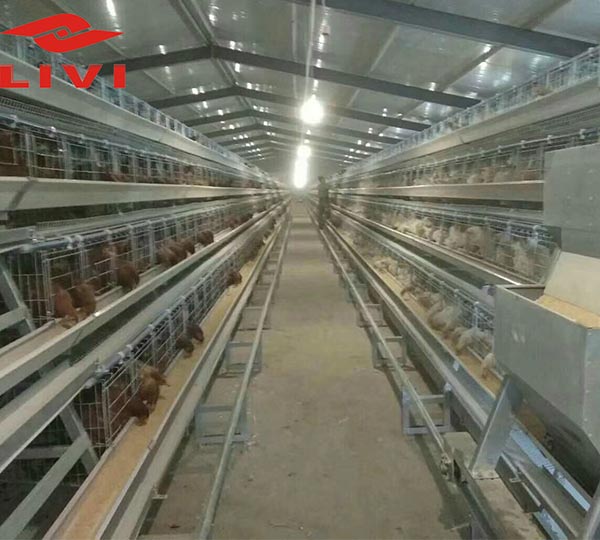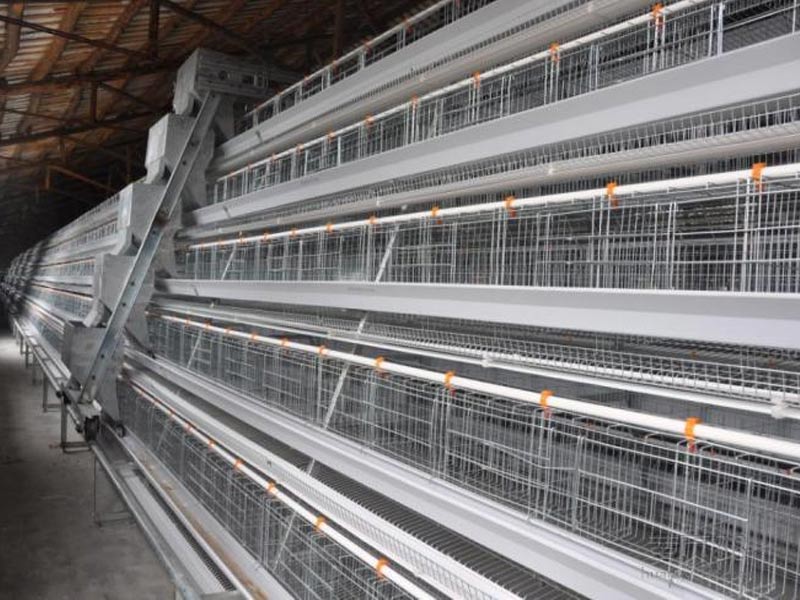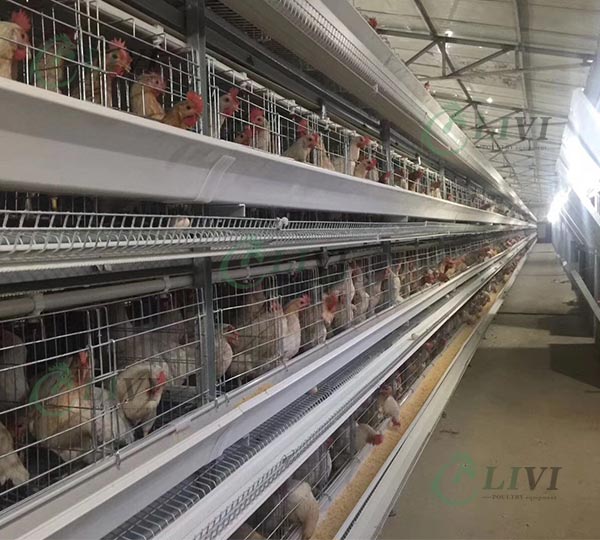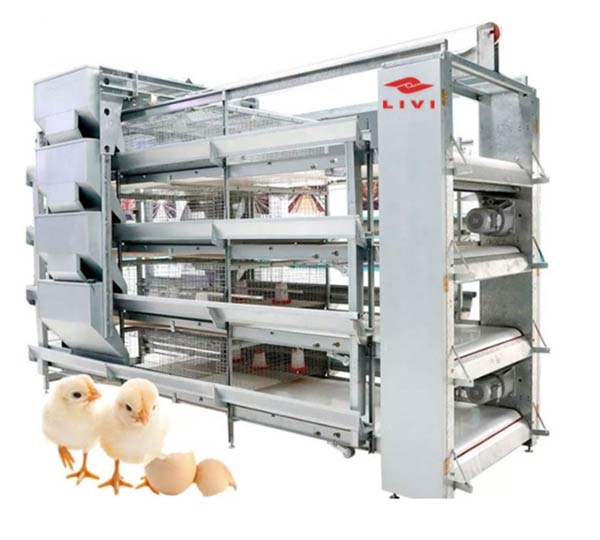Battery chicken cages in Zambia have revolutionized poultry farming by providing efficient and organized systems for raising large numbers of layers. For a 10,000-layer farm in Zambia, selecting the right battery chicken cages is crucial to ensuring productivity, animal welfare, and profitability.
The Benefits of Battery Chicken Cages for 10000 Layer Farm in Zambia
Battery chicken cages for 10,000 layer farms in Zambia offer numerous advantages. These systems maximize space utilization, improve hygiene, and facilitate easy management of the flock. By reducing the incidence of diseases and enhancing egg production efficiency, battery cages become indispensable for large-scale poultry operations.

Space Optimization
In a 10,000-layer farm, space management is critical. Battery chicken cages are designed to house multiple birds in a vertically tiered system, saving floor space and increasing the farm’s capacity without expanding its footprint. This is particularly beneficial in Zambia, where land can be a limiting factor.
Enhanced Egg Production
Layer battery cages for 10,000 chickens ensure that each bird has access to food and water, reducing competition and stress. This environment promotes higher egg production rates and consistency, crucial for meeting market demands in Zambia.
Improved Hygiene and Disease Control
Battery cage systems for sale in Zambia are designed to facilitate waste management. Droppings fall through the mesh floors, reducing direct contact with the birds and minimizing the risk of disease transmission. This design also makes cleaning more manageable, ensuring a healthier environment for the poultry.
Choosing the Right Layer Battery Cages for 10000 Chicken
Selecting the appropriate layer battery cages for a 10,000 chicken farm in Zambia involves considering various factors such as cage material, design, and supplier reputation. Investing in high-quality cages ensures durability, animal welfare, and long-term success.
Material Considerations
Battery chicken cages should be made from durable, non-corrosive materials like galvanized steel. This ensures longevity and resistance to the humid climate conditions often found in Zambia.

Design and Features
The design of layer battery cages for 10,000 chickens should include features that enhance bird comfort and accessibility. Features such as automatic feeding and drinking systems, ventilation, and easy access for egg collection are vital.
Supplier Selection
Choosing a reputable supplier for battery cage systems for sale in Zambia is crucial. Look for suppliers with positive reviews, warranties, and customer support to ensure that you receive a reliable product that meets your farm’s needs.
Implementation of Battery Cage System for Sale in Zambia
Implementing a battery cage system for a 10,000-layer farm in Zambia involves careful planning and execution. This section outlines the steps necessary to set up and manage such a system effectively.
Planning and Layout
Before purchasing battery chicken cages, develop a farm layout that optimizes space and workflow. Consider the placement of cages, feeding systems, and waste management solutions to ensure efficiency.
Installation
Proper installation of layer battery cages is essential for their functionality. Work with experienced professionals to ensure that the cages are set up correctly, following the manufacturer’s guidelines.
Management and Maintenance
Regular maintenance of battery chicken cages involves cleaning, inspections, and repairs. Establish a routine to check for any wear and tear, ensuring the longevity of the cages and the health of the birds.
Economic Impact of Battery Chicken Cages for 10000 Layer Farm in Zambia
Investing in battery chicken cages for a 10,000-layer farm in Zambia can significantly impact the farm’s economic viability. By increasing egg production efficiency and reducing operational costs, these systems contribute to higher profitability.

Cost-Benefit Analysis
Conduct a cost-benefit analysis to understand the financial implications of installing battery cages. Consider the initial investment, maintenance costs, and potential revenue increases from higher egg production.
Market Opportunities
A 10,000-layer farm with battery chicken cages can tap into various market opportunities in Zambia. The consistent supply of high-quality eggs can meet local demand and open doors for export, boosting the farm’s income.
Job Creation
The implementation of battery cage systems can create job opportunities in Zambia. From installation and maintenance to farm management, these systems require skilled labor, contributing to the local economy.
Sustainability and Animal Welfare Considerations
While battery chicken cages offer numerous benefits, it is essential to consider their impact on animal welfare and sustainability. Adopting practices that promote the well-being of the birds and environmental sustainability is crucial.
Animal Welfare
Ensure that the battery chicken cages for 10,000 layer farms in Zambia are designed to meet animal welfare standards. Provide adequate space, ventilation, and access to food and water to promote the health and well-being of the birds.
Environmental Impact
Implement waste management systems that minimize environmental impact. Use eco-friendly materials for the cages and consider renewable energy sources for powering the farm operations.
Conclusion
Battery chicken cages for a 10,000-layer farm in Zambia offer a practical and efficient solution for large-scale poultry farming. By optimizing space, improving egg production, and ensuring animal welfare, these systems contribute to the farm’s success and sustainability. Investing in high-quality layer battery cages and implementing best management practices can significantly enhance the farm’s profitability and impact on the local economy.







